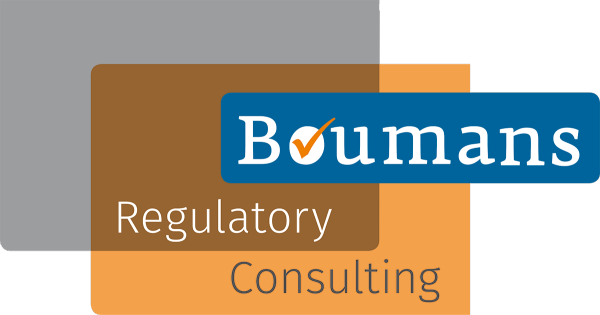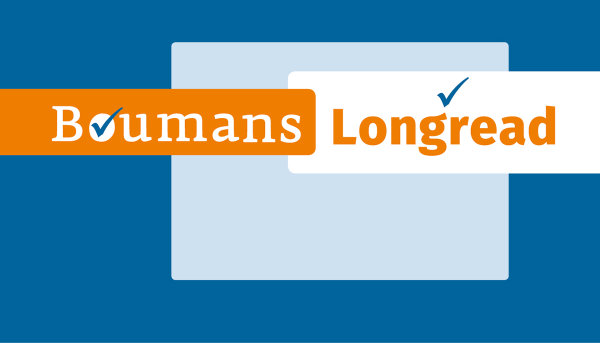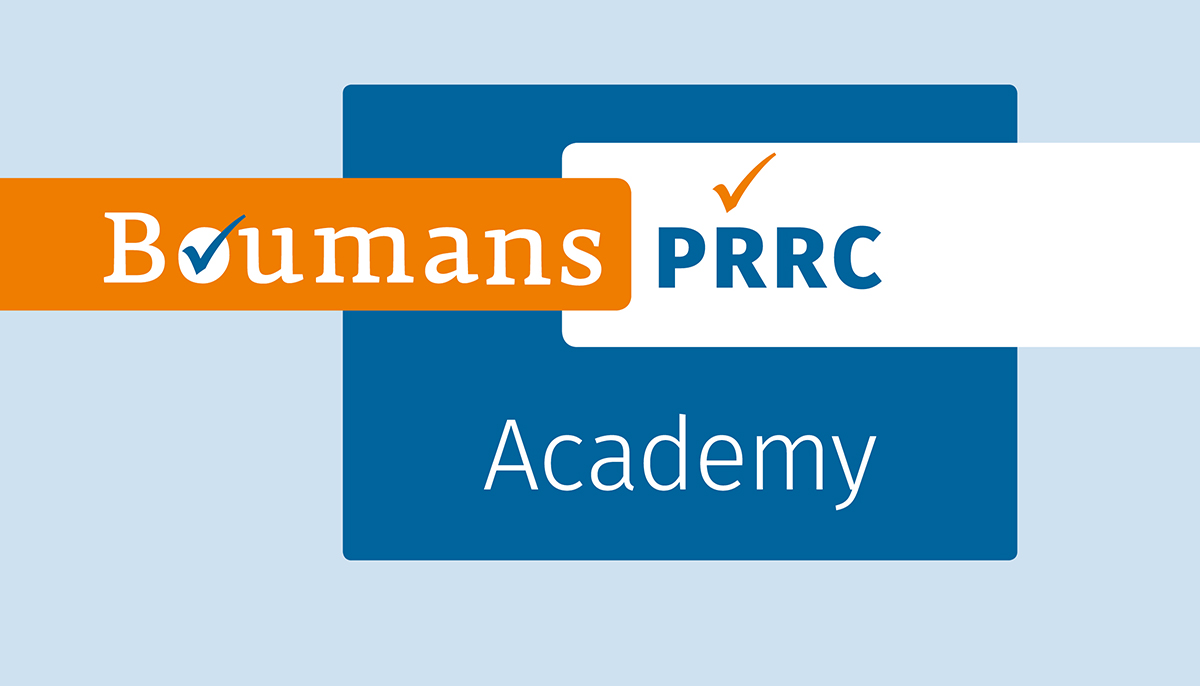The justification of the status of a medical device or IVD and their risk class is where you make the first impression
Annex VII, Requirements to be met by notified bodies, describes among other things, how a notified body will review applications for certification (Annex VII, section 4.3). These are the first hurdle a company has to take and this is where a company will make a first impression. The manufacturer must indicate which conformity assessment procedure they have chosen and why.
Essential in this application is the justification of the status of a medical device or IVD and the risk class (section 4.3(b)). In case of a competent authority having a question about a device, this justification is also the first thing they will look for and here too, a company should invest in quality.
Double justification
A typical justification for the product status includes a full assessment of the definition of a medical device and, in de the case of IVD’s, that of an IVD, plus review of article 1 to ensure the MDR or IVDR are applicable. The risk class justification must cover all rules, including the implementing rules, and should be done with great care. For example, are you sure your device is not an active device?
A suction device that acts by squeezing it together before application, acts by releasing energy that is stored in a spring-like elastic tube. This is a mode of action that is defined as ‘active’, although the device is not connected to a power cord (see MDCG Guidance 2021-24 on classification, section 3.1.5).
Be thorough and complete
For the majority of devices these justifications are quite straightforward, but in the case of borderline products or complex or unexpected classifications, these justifications can be challenging. For example, there is a needle that is placed on the market as a Class I, Sterile, device. Anybody working with needles will now wonder how on earth that is possible and anybody looking at Rule 6 of the MDR will be certain that cannot be right.
However, when the justification was provided to the authorities, this was accepted without any questions. In an other situation an accessory to an integral drug-device device combination that was considered to be a medicinal product, was defined as a ‘general product’, because an ‘accessory to a medicinal product’ is not considered ‘an accessory to a medical device’. The first is not in scope of the MDR, the second is considered a ‘device’ in Article 1(4).
Obviously, the market authorization authorities appreciated the technical documentation that demonstrated the safety and performance of this non-device, but that was not strictly required by law.
From intended purpose to justification
The recommended way of creating these justifications is to carefully analyze the intended purpose of the device and the mode of action. All claims and statements must be ‘translated’ into terms that can be found in the definitions of medical devices and IVD’s, as well as the classification rules. Do this with great care and be critical when applying certain definitions.
For example, a reusable invasive device used in surgical procedures can only be labelled as a ‘reusable surgical instrument’ if it is intended for ‘cutting, drilling, sawing, scratching, scraping, clamping, retracting, clipping or similar procedures’ and is not connected to an active medical device. Make sure all rules are applied in full. Even if the device is a reusable surgical instrument, if it is intended to be used in direct contact with the heart of the central circulatory system, it will be in Class III.




